What are these plants called?
7 years ago
Featured Answer
Sort by:Oldest
Comments (31)
- 7 years ago
- 7 years ago
Related Discussions
What is this plant called
Comments (2)Looks like a hardy geranium, aka cranesbill....See MoreWhat is this plant called?
Comments (15)I THINK ... if i recall ... dad would let them get hit with FROST ... so the plant went into dormancy ... and put the pot in the garage until all the leaves fell off ... BUT BEFORE THE POT FROZE ..... then HARVESTED the bulb.. and stored it in the house ... bare ... you could also store the pot and all in the basement.. but that can be tricky... if you have no experience.. but you have to start learning somewhere ... if not a bulb.. google up rooting such ... you might be able to continually root and reroot thru winter... and end up with a nice starter plant in spring ... but trying to keep this giant looking nice all winter.. might become tricky also .... trying both methods . usually ends up with an experienced gardener ... knowing to throw them out in fall .. lol .. it was fun to learn ... but ended up being a PIA in the long run ... but we learned such.. by doing such .... ken...See MoreWhat is this plant called?
Comments (2)Oh, by the way, thank you very much....See MoreWhat is this plant called.
Comments (2)Well, it looks like a Eucomis, but I can't say I've ever seen a variegated foliage Eucomis with flowers that color....See More- 7 years agolast modified: 7 years ago
- 7 years ago
- 7 years ago
- 7 years ago
- 7 years ago
- 7 years ago
- 7 years ago
- 7 years ago
- 7 years ago
- 7 years ago
- 7 years ago
- 7 years agolast modified: 7 years ago
- 7 years agolast modified: 7 years ago
- 7 years agolast modified: 7 years ago
- 7 years ago
- 7 years ago
- 7 years agolast modified: 7 years ago
- 7 years ago
- 7 years ago
- 7 years ago
- 7 years agolast modified: 7 years ago
- 7 years ago
- 7 years ago
- 7 years ago
- 7 years ago
- 7 years ago
- 7 years ago
- 7 years ago
Related Stories

HOME TECHHello, It's Your Houseplant Calling
Or even tweeting. Today's apps and gadgets let plants communicate in better ways than with a show of withered leaves
Full Story
FALL GARDENINGHouzz Call: Show Us Your Fall Color!
Post pictures of your fall landscape — plants, leaves, wildlife — in the Comments section. Your photo could appear in an upcoming article
Full Story
MOST POPULARHouzz Call: Show Us Your Winter View!
Share pictures of your home and garden in winter — whatever your climate, architecture and plantings
Full Story
WALL TREATMENTSHouzz Call: Show Us Your Feature Wall
Have you used bold paint, reclaimed wood, living plants or something else to jazz up a wall in your home? We want to see it
Full Story
SAVING WATERHouzz Call: Are You Letting Go of Your Lawn?
Many facing a drought are swapping turf for less thirsty plantings. If you’re one of them, we’d like to hear about it
Full Story
GARDENING GUIDESHouzz Call: What’s Your Favorite Backyard Beauty?
The simple, honest daisy is this writer’s go-to garden flower. We want to hear which plant, flowering or otherwise, gives you special joy
Full Story
GARDENING GUIDESWhat Are Your Spring Gardening Plans?
Tearing out the lawn? Planting edibles? Starting from scratch? Tell us what you plan to change in your garden this year
Full Story
HOLIDAYSHouzz Call: Share Your Personal Holiday Traditions
What winter rituals mean the most to you and yours? Post your stories and pictures
Full Story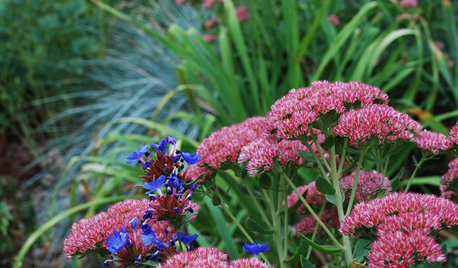
GARDENING GUIDESFall Is Calling: What to Do in Your October Garden
Get a jump on winter prep or just sit back and watch the leaves fall. The beauty of an autumn garden is in all the choices you have
Full Story
PETSHouzz Call: Show Us Your Pet Projects!
Bubble windows, fountains, doghouses, showers — what outdoor treats have you put together for your furry friends?
Full Story


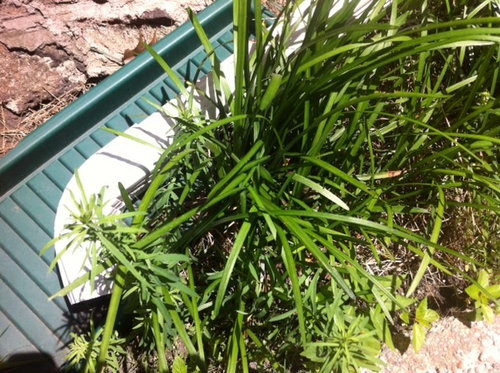
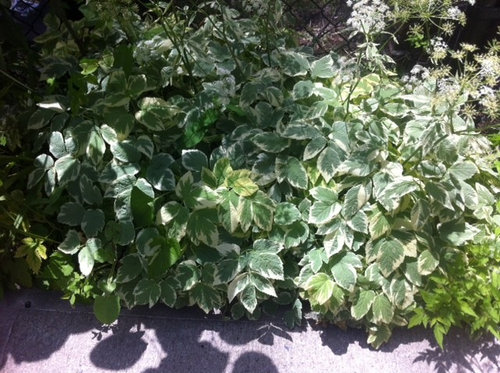
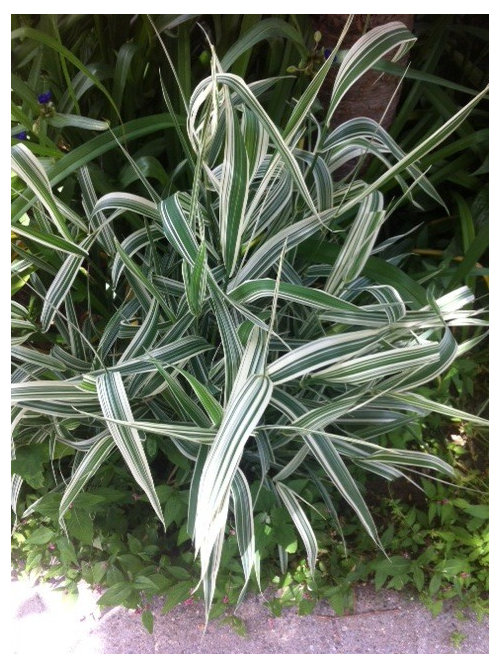
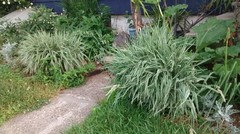
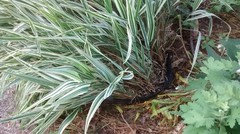
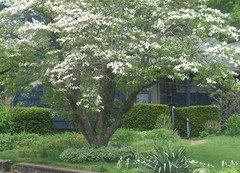


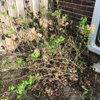
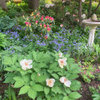
User